DOG TRAINING OFFERED IN-PERSON AND ONLINEOur dog training services are delivered in almost any format that meets your needs. We have GROUP CLASSES at our indoor and outdoor facilities on our farm, ONLINE LIVE STREAMING classes, and SELF-PACED VIDEO-BASED training through our Online Dog Training Course. Our PRIVATE TRAININGS can be done in-home, outside, in public dog-friendly locations, at our facility on our farm, online via phone or video conferencing and through email. |
Question:
My dog is normally pretty friendly with strangers but can be a bit cautious. Suddenly, she seems to be afraid of strangers. What happened and what can I do?
The Trainer Answers:
If it’s a gradual change, then it’s most likely a learned behavior over time. However, if the change really is sudden, then we need to consider a few possible options. First, we need to consider if there is a medical issue that is causing this behavior change. Any time we are not feeling well, we might see behavior changes that indicate. If you are noticing any other potential issues, then a vet check is in order. Is your dog still eating normally, have the same energy level and seems to otherwise be feeling fine?
If all else seems normal, and it’s not a medical issue, then we need to think about when the change happened. Was there a traumatic event that caused the change? Sometimes a single event can cause a sudden change. It might be an event that seemed insignificant to you, but if it was a significant event to your dog, it could have caused the change. Was there an encounter with a stranger in which something unusual happened that frightened or startled your dog? If so, that might be the cause of the behavior change, in which case we need to make sure we are creating a lot of positive interactions that are not overwhelming to help offset that one event. Think about a time when someone said something not so nice to you. A hundred other people could say something positive, but for most of us, that one negative really sticks out. Just as with us, for dogs the one negative event can really stick with them. We need many many positives to offset just one negative in some cases. Your dog might “get over it” but don’t take that chance and make sure you are actively working to offset it.
Another possibility is that your dog is going through another phase of development in which changes can occur despite the lack of any traumatic events or medical problems. This is most likely to happen during adolescence. Typically between the ages of six and eighteen months or even up to two to three years (depending on the breed of dog), dogs can go through different phases during which things that were not an issue before, suddenly are. Some experts believe that during adolescence dogs can go through one or more fear periods. During this phase, something that your dog was perfectly happy with now is suddenly something that causes fear or at least more caution. For some dogs, this could relate to strangers, other dogs, loud noises, or new things.
If your dog is going through a fear period during an adolescent development phase, she might simply get past it and it’s not a long term issue. However, don’t assume that will happen. If we are in one of these phases, I want to help the dog through it and make sure it does not “stick”. We address this in much the same way as a traumatic event by ensuring plenty of positive experiences to help work through the issue.
In the case of a sudden fear of strangers, I would make sure we are getting exposure to strangers but in a safe, non-threatening way. For example, if my dog is tolerant of strangers stopping and chatting but not of strangers trying to pet her, I would start by providing lots of extra rewards for strangers simply approaching but not petting. I want to get from tolerating to liking, if possible. Then I might provide rewards for someone talking directly to my dog but again not petting. Then perhaps reaching out a hand but still not petting. I will often teach dogs to hand target (touch nose to an offered hand) and return to their handler for a treat. I work up gradually to allowing petting but only when the dog is ready. And then, I make sure petting is done in a polite manner, never over the head.
Hopefully, with a little help, this will be a short term issue and we can get back to the previous normal soon!
Our goal is to positively impact the lives of as many dogs and their families as we can, in part through our extensive library of video, infographics and text articles. |

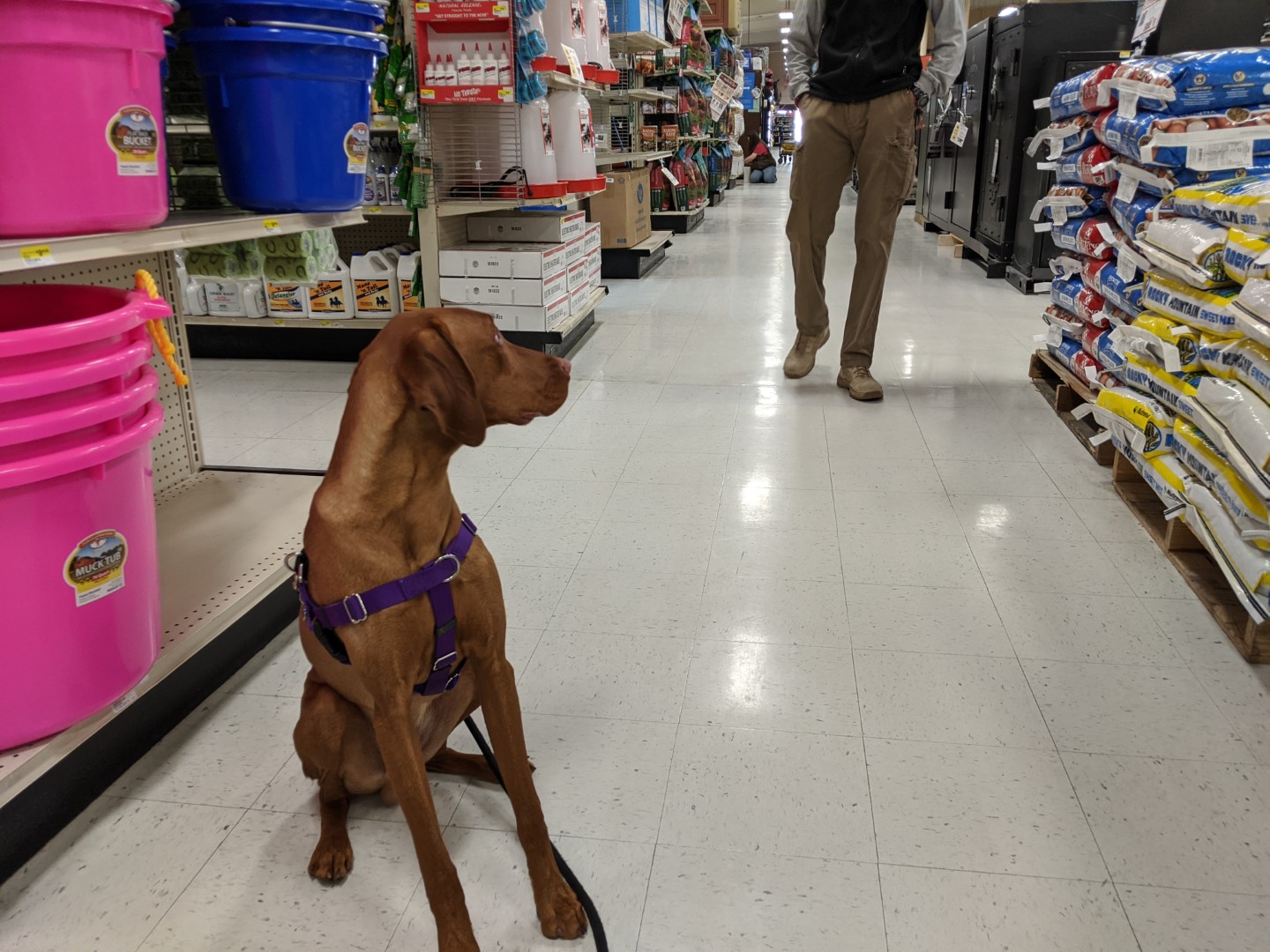
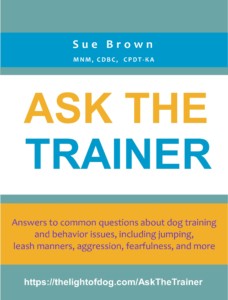
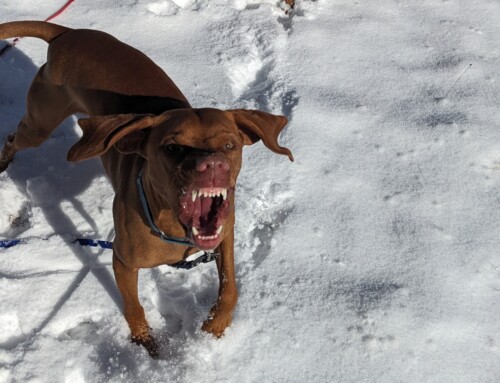
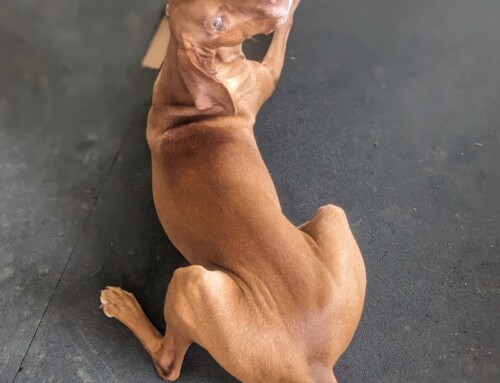

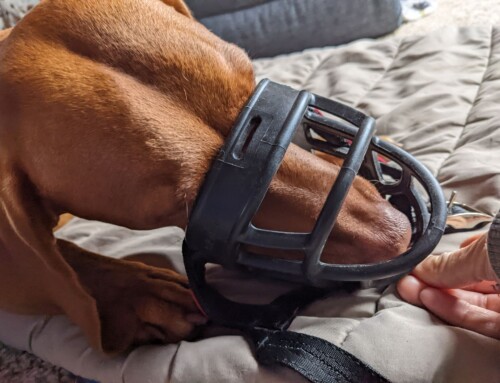
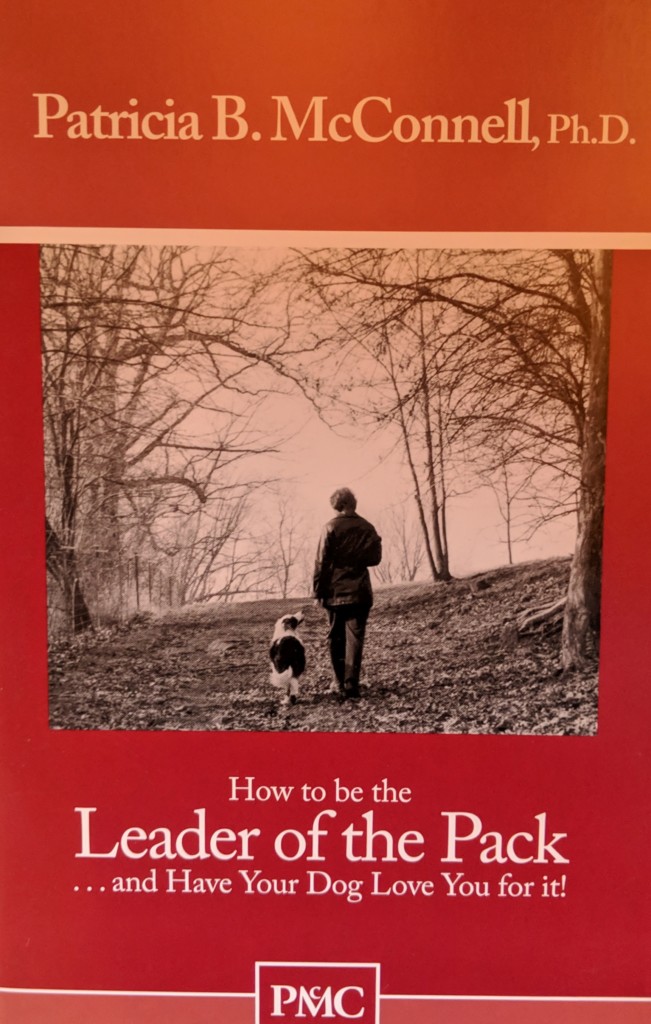
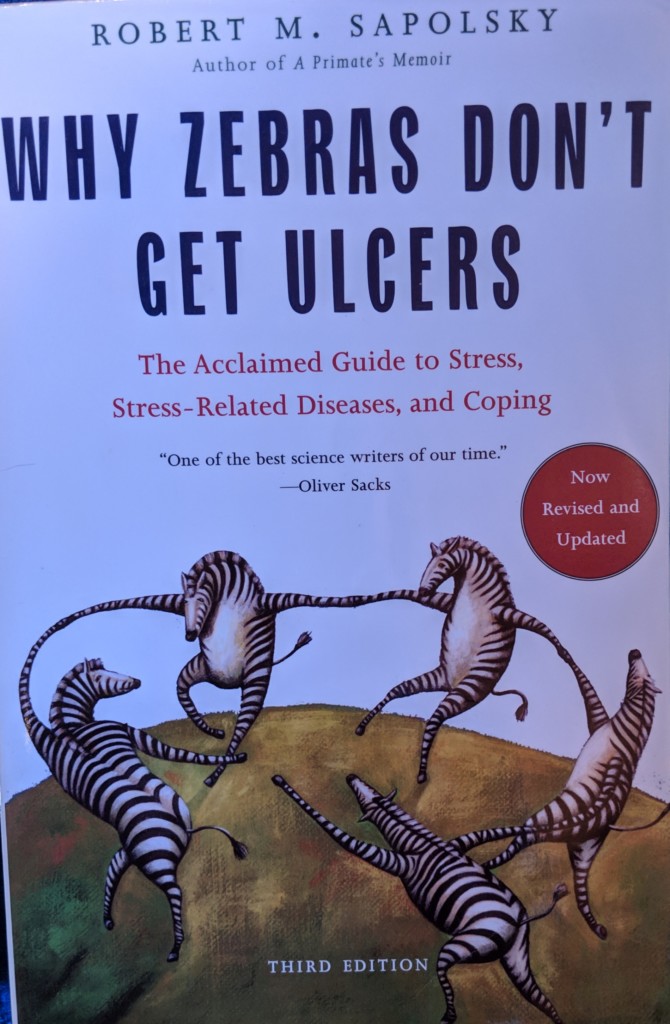
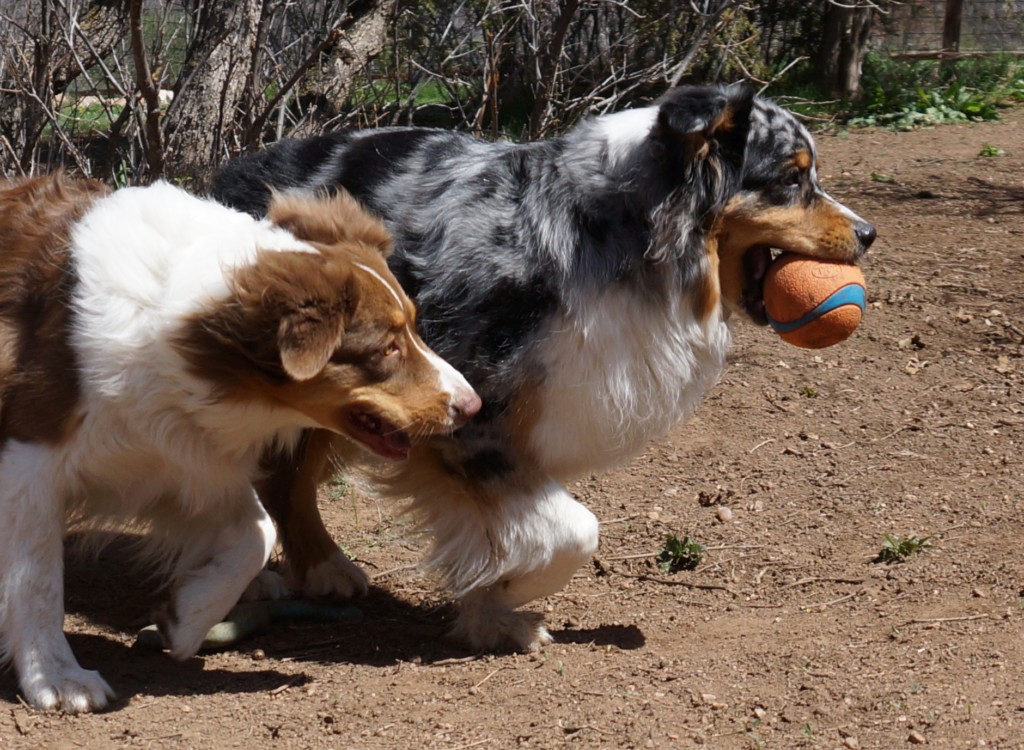
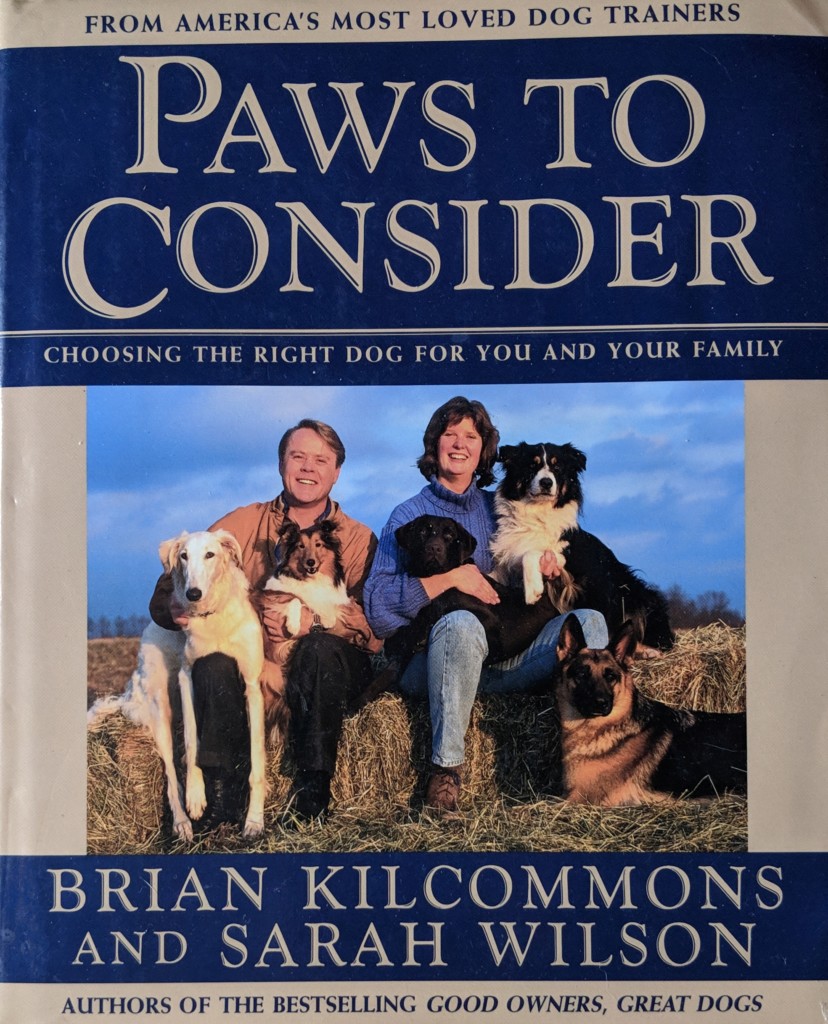
Leave A Comment